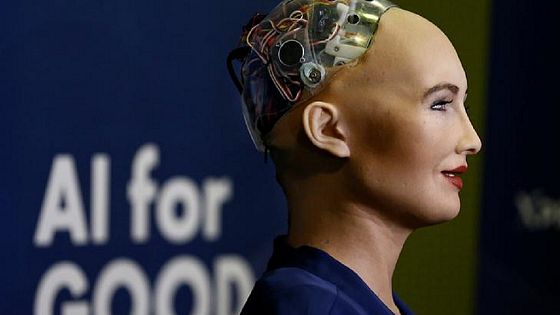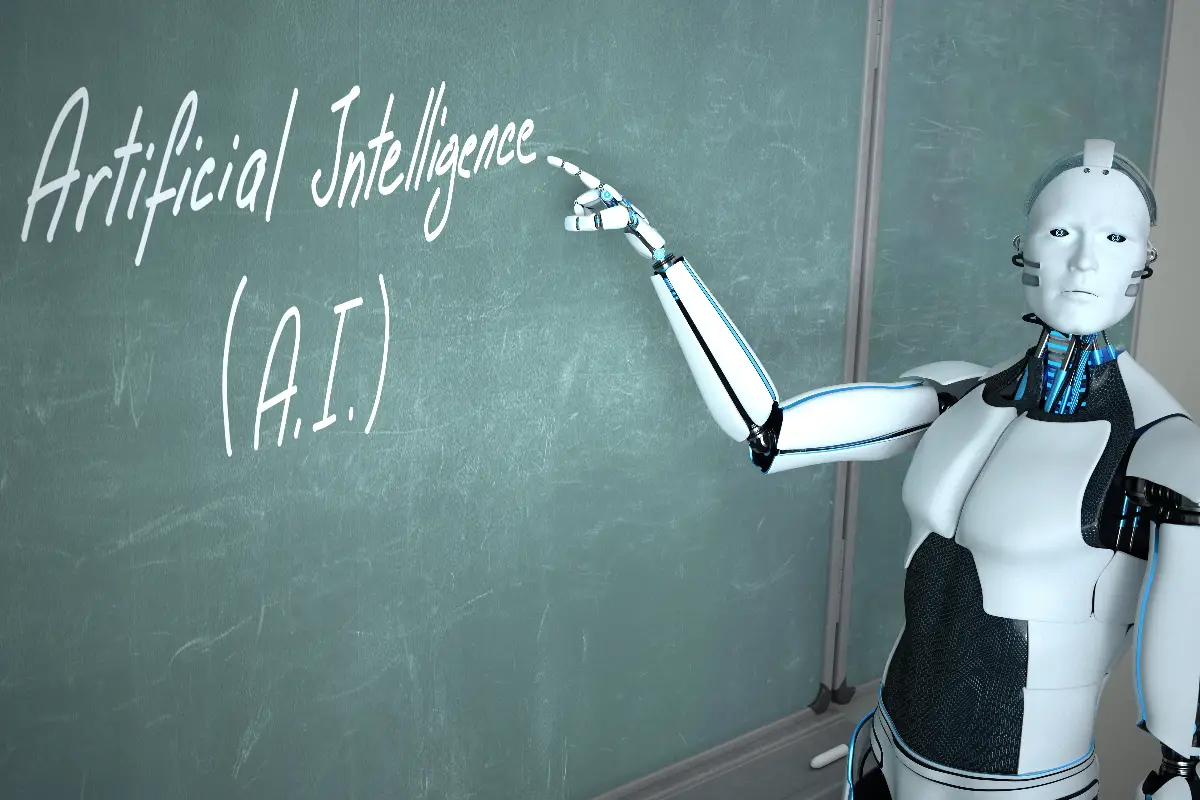With the prevalence of the COVID-19 pandemic, students and teachers are now adopting distance learning as one primary teaching method. Some scientists and scholars have started raising the question of whether this pandemic has facilitated the replacement of teachers with technological advancements and whether soon robots or Artificial Intelligence (AI) can take over the educational system?
Do you have answers to all of these questions? We will give you the information you need to find the answer in this blog.
Table of Contents
- Current Technological Trends
- What about Artificial Intelligence in Education?
- So Teachers Will Be Replaced by Robots, then?
- Frequently Asked Questions
- Related Content:
Current Technological Trends
Britannica defines Artificial Intelligence (AI) as “the ability of the digital computer or computer-controlled robot to perform tasks commonly associated with intelligent beings.” Back in history, various innovative inventions have entirely transformed how we live, and AI is a promising technological tool that humans aspire to harness. Notably, the world has welcomed Sophia’s creation – the first robot citizen who has shown remarkable resemblance to humans by her communication abilities.

Laborers of different fields, especially manual labor jobs, have been replaced by digital equipment due to the fourth industrial revolution. Jobs that have a high chance of automation are the one that requires constant output and little creativity; therefore, AI is proving to demonstrate high accuracy and productivity compared to the human workforce. It is forecasted that the technology will replace humans working in customer services, manufacturing, and proofreading occupations.
What about Artificial Intelligence in Education?
“In recent years scientists have started to build robots for the classroom. Not the robot kits used to learn about technology and mathematics, but social robots that can actually teach. This is because pressures on teaching budgets, and calls for more personalised teaching, have led to a search for technological solutions.”
Professor in Robotics Tony Belpaeme, from the University of Plymouth and Ghent University
Contrary to the common thought that robots are unnecessary in education because of their lack of emotional intelligence, scientists are investing in developing robots that can socialize with children and take the role of teaching. Some research also highlighted that AI is beneficial in improving children’s learning process by encouraging their curiosity through robots’ exotic appearance.
Furthermore, with the problems of social distancing, students and parents are more open about applying multiple learning methods while staying at home to diversify students’ knowledge beyond the online class materials. Distance learning has transformed how students traditionally study, creating more opportunities for some digital companies to develop AI teaching assistants to supervise and support students in their studying.
For instance, a Vietnamese CEO, Vu Van, has created ESLA, a well-known AI-based app, to help detect mistakes in users’ English pronunciation. This app is an example of applying the high accuracy of AI to reinforce students’ language acquisition. In education alone, many more applications of AI will be widespread in the upcoming years because of students’ demands and shifts in learning habits.
So Teachers Will Be Replaced by Robots, then?
Although AI has promoted the learning outcomes in students and performed some tasks usually done by humans, it is an AI Teaching “Assistant,” which indicates that robot requires human control and supervision. Therefore, teachers cannot be 100% replaced by robots, thus playing an extremely crucial role in the class.
In addition, robots even have high intelligence might not understand human context and conversation very well, as they are programmed to a limited level of conversation understanding. Opponents might argue that robots can analyze children’s facial expressions to perform accordingly. Still, they forget that AI robots do not have the critical thinking, flexibility, and inventiveness-important values of teachers- as humans.
Another point is that robots can hardly replace humans in shaping students’ behavior in society. Those students will be a citizen of the human world. At the same time, robots might not comprehend the complexity of human language and society to educate students, specifically those under 10 years old, about those matters.
That being said, AI is a versatile technology to enhance students’ performance thanks to its strong ability to analyze and calculate. It will be a valuable tool for teachers to improve their lessons and give students a more personalized learning style.
Frequently Asked Questions
Can robots replace teachers?
While robots can be used to assist in teaching, they cannot fully replace human teachers. Teachers provide emotional support, understand individual student needs, and offer a personal touch in teaching that robots cannot replicate.
What role can robots play in education?
Robots can be used as tools to reinforce learning, provide additional practice, and introduce interactive elements. They can also be used in coding and STEM education to provide hands-on learning experiences.
Are there limitations to using robots in education?
Yes, limitations include a lack of emotional understanding, inability to provide nuanced responses to unique student needs, dependence on pre-programmed information, and potential technical issues.
Can robots improve student engagement?
Robots can potentially improve student engagement, particularly in STEM subjects, by providing interactive and engaging learning experiences.
Can robots personalize learning for individual students?
To some extent, robots can adapt to the learning pace and style of individual students, offering personalized tasks or exercises. However, they may lack the ability to fully understand and cater to the diverse emotional and cognitive needs of students.
How do students react to robots in classrooms?
Student reactions can vary. Some may find robots engaging and exciting, while others may find them impersonal or intimidating. The success of robots in classrooms largely depends on how they are integrated into the learning experience.
Can robots help students with special needs?
Robots have shown promise in assisting students with special needs, such as those on the autism spectrum, by providing consistent, repeatable interactions. However, they should complement, not replace, human support.
What impact could robots have on teachers’ jobs?
Robots could automate certain repetitive tasks, allowing teachers more time to focus on student interaction, lesson planning, and personalizing instruction. They are unlikely to replace teachers but could change the nature of teaching roles.
Related Content:
Does Family Background Affect Student’s Academic Performance?
Children’s performances at schools are indirectly and directly influenced by their family background. It is crucial to understand how family backgrounds impact students’ achievement because only by taking into account this factor can we reinforce current policies regarding education, especially “Equality in Education”.
You can read more by reading Does Family Background Affect Student’s Academic Performance? by clicking here.
How Climate Change Weaken Children’s Education?
It is reported that the average temperatures will increase from 1ºC to 2ºC from now until 2050, which will lead to a rise in the number of natural disasters such as droughts, landslides, and sea-level risings. This will directly hinder many people’s lives, and children are among the most vulnerable group to experience environmental hazards.
Education is crucial for the future generation: it is the key to fighting poverty and helping global citizens to become self-reliant. However, global warming will continue to have unpleasant effects on children, in the long run, inhibiting them from accessing education.
You can read more by reading How Climate Change Weaken Children’s Education? by clicking here.


